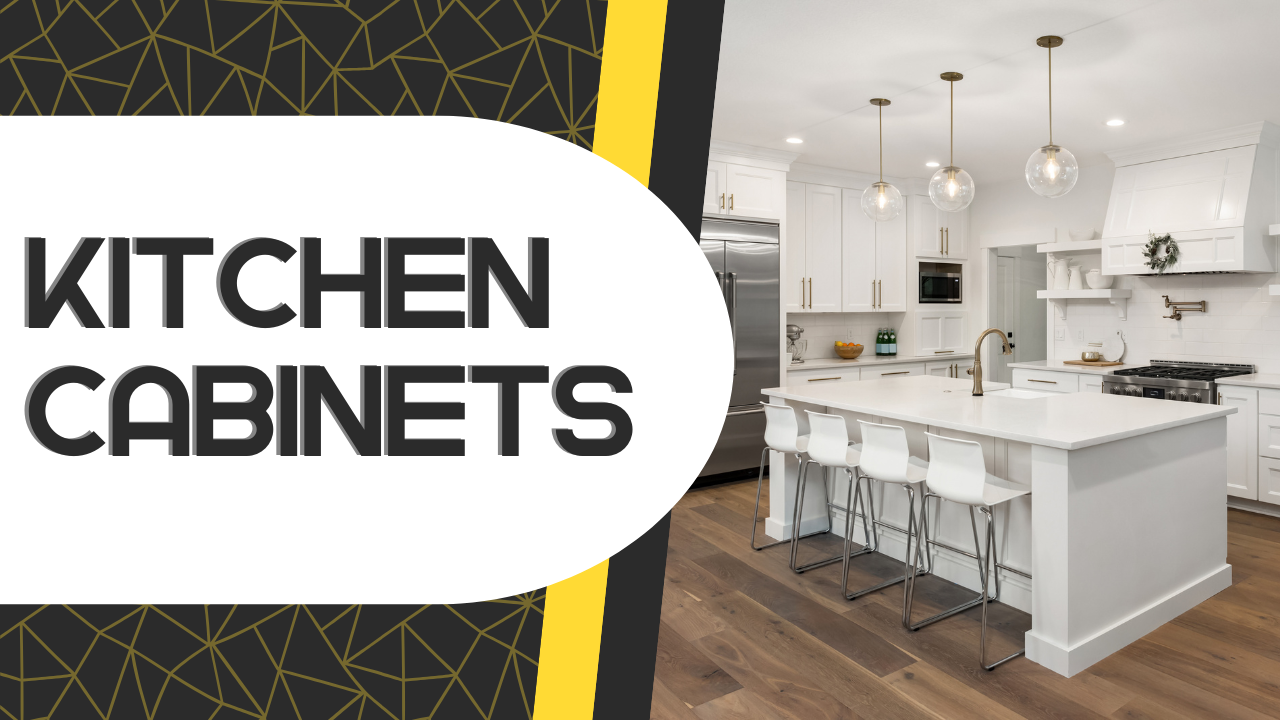Transform Your Kitchen: A DIY Cabinet Installation Guide
Ready to give your kitchen a facelift without breaking the bank? Installing cabinets yourself is a fantastic way to save money and add a personal touch to your home.
This comprehensive guide will walk you through the process, empowering you to achieve professional-looking results.
Planning Your Project
Before diving into installation, careful planning is essential:
- Measure Your Space: Accurately measure your kitchen, noting the positions of windows, doors, and appliances. This will help you choose the right cabinets and ensure a smooth installation.
- Select Your Cabinets: Explore various cabinet styles, materials, and configurations. Consider factors like durability, functionality, and your desired aesthetic.
- Gather Tools and Materials: Equip yourself with essential tools, including a drill, level, stud finder, measuring tape, screwdriver, clamps, shims, and screws.
Installation Steps
1. Prepare the Area:
- Clear the Space: Remove old cabinets, appliances, and any obstructions to create a clean working environment.
- Assemble RTA Cabinets: If you have ready-to-assemble (RTA) cabinets, follow the manufacturer’s instructions to put them together.
2. Establish a Layout:
- Mark the Wall: Use a level and pencil to mark the wall where the top of the base cabinets will be installed. This line ensures your cabinets are at the correct height.
- Locate Studs: Use a stud finder to locate and mark wall studs for secure cabinet installation.
3. Install Wall Cabinets:
- Hang a Ledger Board: A temporary ledger board screwed into the wall supports the upper cabinets during installation.
- Start with a Corner: Begin installation with a corner cabinet or the one furthest to the left.
- Attach to Studs: Drill pilot holes and use screws to secure the cabinets to the wall studs.
- Level and Connect: Use shims to ensure each cabinet is level and plumb. Then, connect adjoining cabinets with screws.
4. Install Base Cabinets:
- Position and Level: Place the base cabinets along the marked line, using shims to level them.
- Attach to Walls and Each Other: Secure the base cabinets to the wall studs and to each other with screws.
5. Finishing Touches:
- Install Doors and Drawers: Attach the cabinet doors and drawers, making any necessary adjustments.
- Add Hardware: Install handles and pulls to complete the look.
- Install Countertops: Once the cabinets are in place, you can install your countertops.
By following these steps and paying attention to detail, you can successfully install your kitchen cabinets and enjoy a beautifully updated space.

